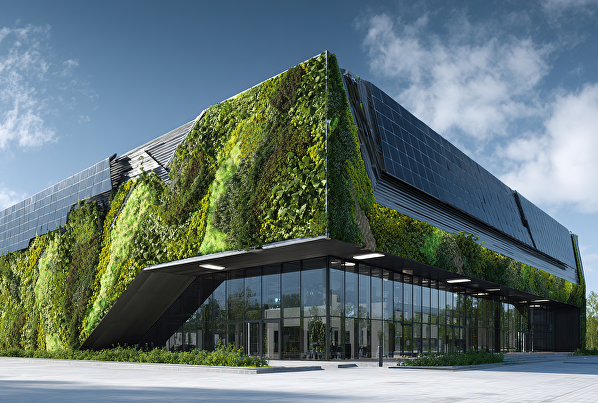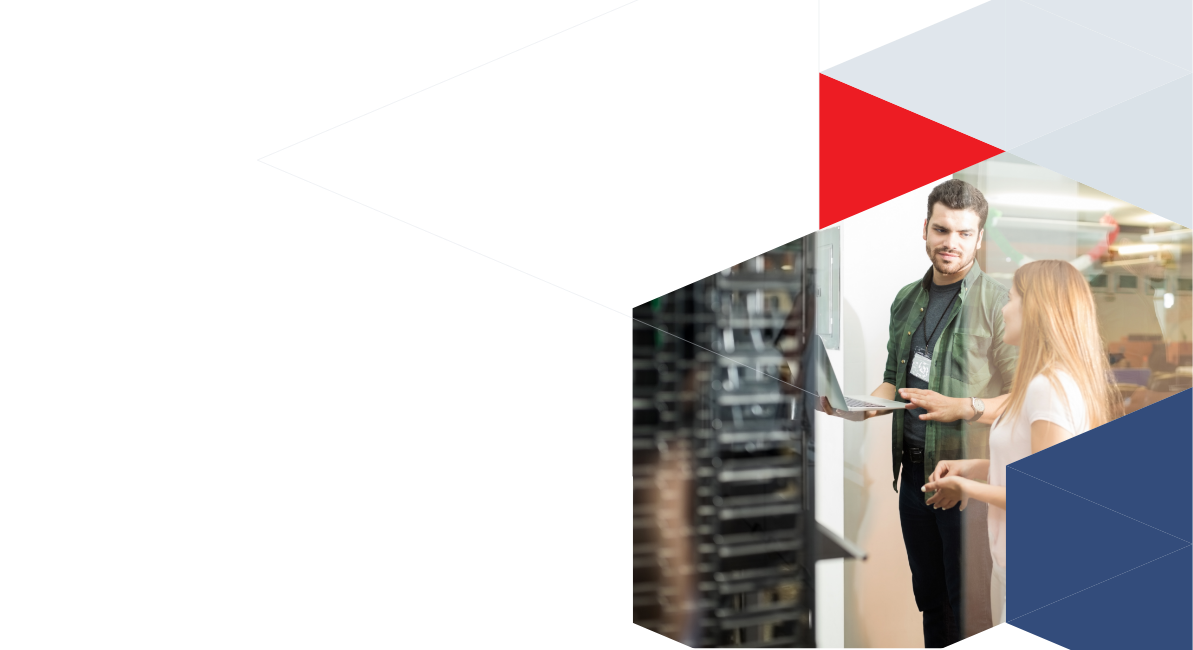
Driving SUSTAINABILITY initiatives – The use of Renewable Energy Sources to power data centers and reduce their carbon footprint.

Friso Haringsma, Xavier Warnier and Bart Stevens of Datacenter United share their views and ideas about Transforming the Digital Landscape through Green IT and Sustainable Data Centers.
DO YOU ASK YOURSELF THESE QUESTIONS ?
- How critical is my IT infrastructure and is your datacenter part of your core business of your organization?
- Where does the energy for my company IT infrastructure come from?
- Is it coming directly from renewable sources, mixed or not at all?
- Do we use or redistribute our residual energy, for example, hot water, server heat?
- What kind of cooling systems are in place, and how energy-efficient are they?
- Are there measures in place to optimize the temperature, control and reduce the energy consumption?
In this first sustainability chapter we are thrilled to bring you some insights on how we tackle and answer these questions on a practical side. Asking these questions can provide you insights into the environmental impact of your IT infrastructure, data or datacenter and help you guide towards a more sustainable and eco-friendly approach.
Xavier Warnier: The sustainability theme has moved beyond the concept of greenwashing. Until recently, it was still part of the marketing strategy of many companies. At Datacenter United, sustainability is ingrained in our DNA. For instance, we have been working for longtime with energy-efficient solutions and green power. Efficiency and operational excellence should not be an end in themselves. Since 2010, we have installed more than 3.500PV solar panels. With this amount of panels you can produce 700MWh on a yearly basis. This is a huge amount of energy but not sufficient when you look at the global consumption of our data centers. Therefore we are continuously seeking to use new technologies or improve existing approaches in coming years to have 100% autonomous generated power!
Sustainability does bring a number of challenges. Technically, data centers are evolving towards ever denser IT capacities, requiring more computing power in a smaller area. This is a positive evolution in terms of resource use and it also allows us to evolve towards more efficient cooling and more efficient use of space. Most traditional on-prem data centers are not equipped for this in terms of energy supply nor scalability possibilities.
Bart Stevens: By the way, it is not just about electricity but also cooling. Some large data centers in the Netherlands use water cooling. As water is also becoming an increasingly scarce resource, this cooling method will be criticized, especially when it comes to open systems that use drinking water. We therefore use technologies that minimize impact on water usage or use for example our waterbassin in DC Oostkamp where we have millions of liters reusable water.
Data centers also have to recover and valorize waste. While heat is our biggest waste product, it can be perfectly reused in other applications. Fortunately, we are seeing more and more projects focussing on this. Of course, the licensing authorities and legislation in general must also evolve. We notice that local and regional authorities are increasingly keen to be part of this story. At the Datacenter United Antwerp Tier IV facility we have already built a heat exchanger system to blow out heat to our neighbors.
In the future a growing numbers of companies will be required to report their CO2 emissions; not only from their own operations (scope 1) but also from their (energy) suppliers (scope 2), the supply chain and their customers. As an external data center, we are in our customers’ so-called scope 3. Currently, we receive few enquiries, but we are working on a full screening to provide information if questions arise in the future but more importantly to be compliant with the strict upcoming regulations.

Friso Haringsma: Companies with in-house data centers must realize that replacing their data center with a commercial alternative can significantly reduce their CO2 emissions. BDIA (the Belgian Data Infrastructure Association) calculated that the on-prem data centers in Belgium together represent some 220 MW of IT load. This is because organizations’ on-prem data centers are much less energy-efficient than our colocation data centers. If a company wants to reduce its CO2 emissions, it would be a good idea to look at the numbers of its own data center and compare them to the emission figures of a data center provider. Traditionally, the PUE (Power Usage Effectiveness) of an in-house data center is between 3 and 5 while that of a commercial data center is between 1 and 2. A PUE of 3 means that for every Watt used for IT equipment, a data center needs another 2 Watts for cooling and additional electricity supply. In other words, companies can make serious efficiency gains just by giving up their own data center and partnering with a data center provider.
To summarize, we suggest you first look at the numbers and try to investigate what is your power consumption for your IT infrastructure. Once you have a clear understanding of the measurements, figures and consumption, it’s necessary to see where it’s produced and how.
If your IT infrastructure or data center is powered by renewable energy sources such as solar, wind, or hydroelectric power, you can highlight the commitment to using clean and sustainable energy.
In some cases, organizations may use a combination of renewable and non-renewable energy sources. If this is the case, it’s essential to outline the percentage of energy derived from renewable sources and any plans to increase this proportion.
Organizations might also emphasize energy efficiency programs and initiatives aimed at reducing overall energy consumption, regardless of the source. Ths compensation program should be considered as the last possible option. Like Datacenter United, you can do both!
For every company it’s important to be transparent about the current energy sources and demonstrate a commitment to sustainability through concrete actions and future plans, aligning with broader green and greener IT goals.
Do you want to know more about our ESG and sustainability initiatives?
Come have a look and plan a visit, we will be happy to explain this to you!
Contact us for more information:
+32 3 369 36 90
hello@datacenterunited.com


